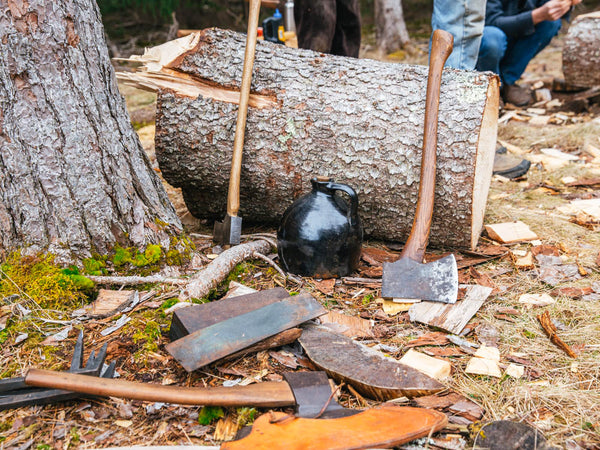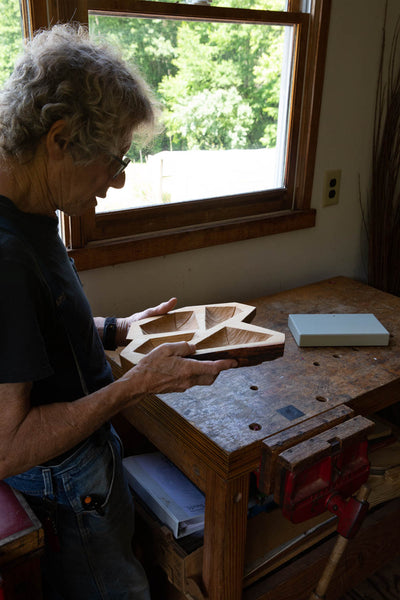Blog RSS
The Efficiency of Hewing
(This post was inspired by a conversation had recently while hewing a timber.) When Henry David Thoreau built his little cabin on the shores of Walden Pond, he borrowed an axe and started chopping down standing pines at the end of March. By mid-April, Thoreau, a woodworker with average competence and limited experience, had hewn his timbers, cut the joinery, and made ready for the raising. And in his words, “I made no haste in my work, but rather made the most of it.” Thoreau was endlessly distractible, pursuing clouds and ants and loons in the pond, so one can imagine his workdays being less than rigidly scheduled. And yet, the pines became 6x6 posts, studs, and rafters in just...
Education by Doing
Upon returning from Europe, they began making plans. “We were ready to live somewhere different than the Bay Area,” says Drew. Thanks to advice from friends involved in the back-to-the-land movement of the time, Drew and Louise bought a van and trailer and drove cross-country to begin homesteading in western North Carolina. Handcraft culture was still an important part of the fabric of life there, and land was cheap. Their crystallizing vision involved working with like-minded homesteaders to create a community combining farming and art. The idea of starting a school was nowhere on the radar. Drew and Louise continued their education-by-doing in earnest on the homestead. Seeking the knowledge of those who had gone before, they quickly learned or...
Chisels and Timbers
No, I’m not making a miniature dugout canoe or a wooden gutter, but it kind of looks like it. This is the most extensive rafter repair we have to do for the House by Hand project, and I’ve been excavating the rot pocket out and creating a space to graft in a nominal 4x4 with epoxy. This will allow the faces of the rafter (which will be visible in the final construction) to retain their patina as well as strengthening the whole thing significantly. We’re confident about this type of repair because the roof system will be two layers – another insulative "skin" will be framed atop this one. But more on that in the months ahead. (We're posting regular...











